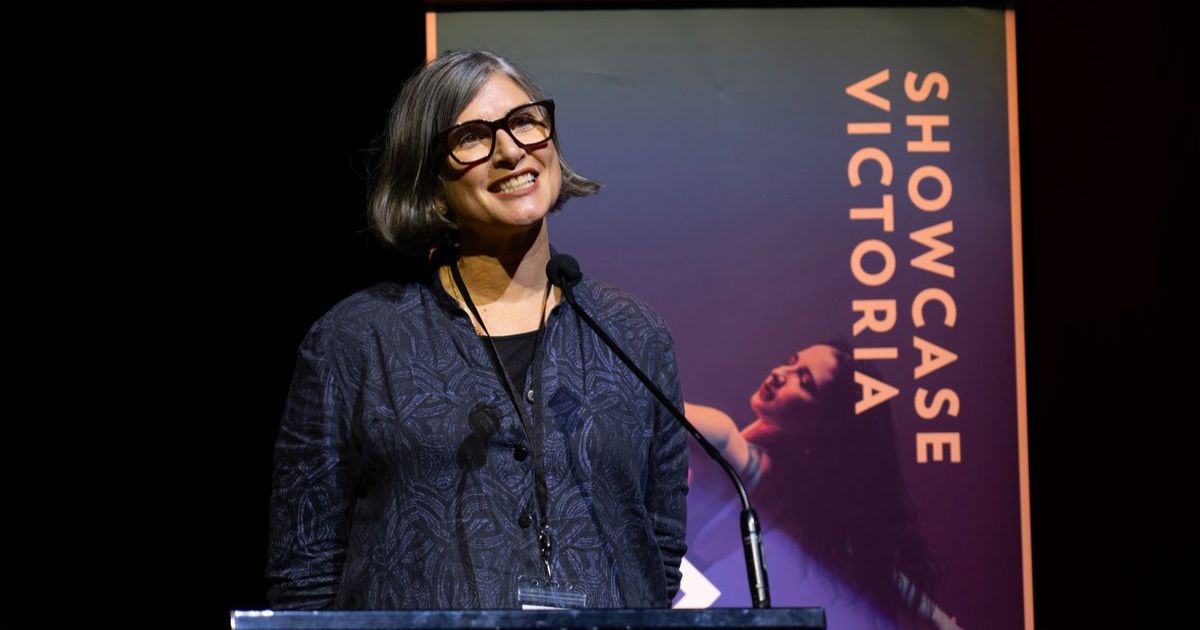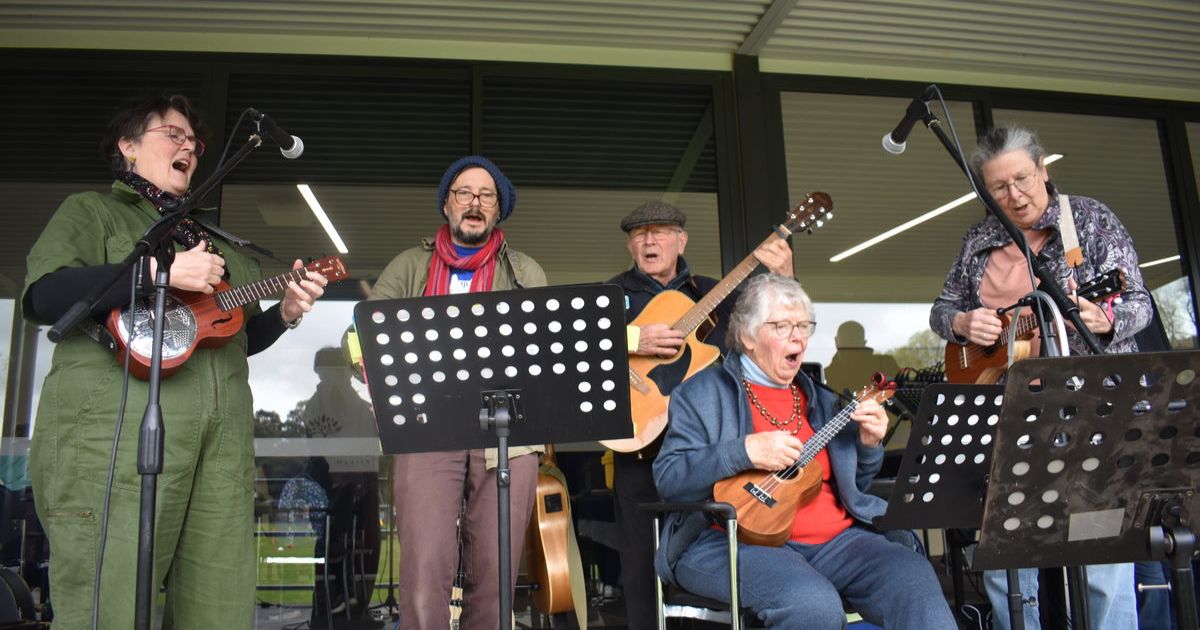Endo clinic up and running

Treating pelvic pain: Nurse Mary Anne McCluskey, Dr Karishma Kaur, and physiotherapist Sherein Henry are part of the Bendigo Community Health Services’ new endometriosis and pelvic pain clinic. Photo: SUPPLIED
PEOPLE diagnosed with endometriosis or who have pelvic pain now have access to a free clinic at Bendigo Community Health Services.
The medical centre is one of 20 across Australia to receive $700,000 from the Federal Government over four years.
Clinic staff member, Dr Karishma Kaur said a GP referral is needed to start receiving treatment at the clinic by health professionals including nurses, doctors, physiotherapists, and psychologists.
“It is a diagnosis which can be missed easily, and it can, on average, take up to seven years for women to be diagnosed with endometriosis,” she said.
“Our aim with the clinic is to reduce those wait times for people who are living with pelvic pain.
“At least one in nine people who were assigned female at birth can deal with pelvic pain and endometriosis, the chance of this increases when they have a family history of endometriosis as well.”
Dr Kaur said there are many women who have been dealing with endometriosis for years due to it not being properly identified.
“We are aware and acknowledge that a lot of women out there are living with it and have not been diagnosed,” she said.
“Basically, endometriosis is a condition where the tissue which lines the uterus goes and sits outside the uterus.
“So when people are to get pain, it is not only the lining of the uterus that starts to bleed, it will also be all the other extra tissue that they’ve got, which causes them to have more pain, more bleeding, and also bowel issues.
“There is no exact reason that we know of why people get endometriosis, but we know that it runs in families.”
However, Dr Kaur said once identified treatment is straightforward.
She said the ideal course of action is hormonal therapy, and potentially a small surgical procedure.
“There is no cure, but it is just certain treatments in terms of hormonal managements that we can do for these people, because that will help them have a better quality of life and deal with pain much better,” said Dr Kaur.
“The best way is having laparoscopic surgery, but it is not easy to have that because that will come with its own complications and not everyone can go through surgery.
“What we want to do here is to give them options of treatment so that we can delay that process of waiting in the system that long for them to be diagnosed.
“For a lot of people, we can control their symptoms without having the need of doing surgery.”

















